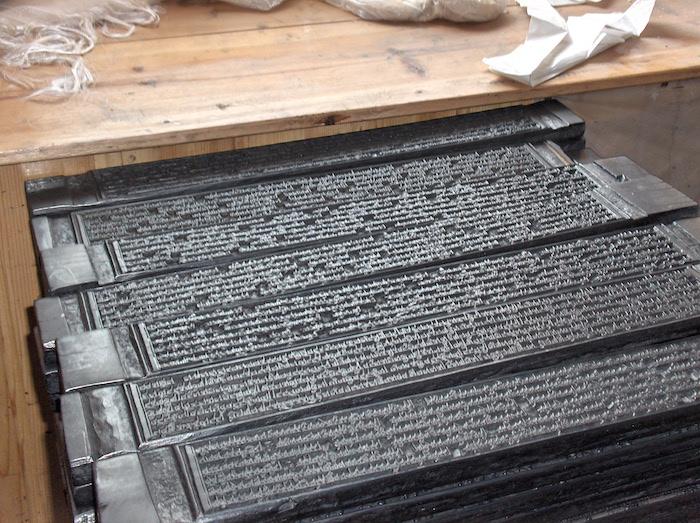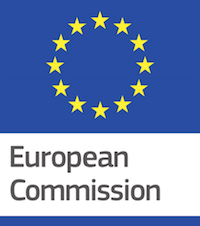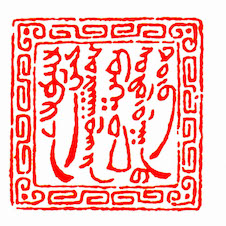
This project studied extant early Tibetan prints from the South Western area, where the first printing houses of Tibet were set up, in order to understand the introduction of xylography as a complex process involving technical, economic, political and religious factors. This is linked to the political importance of this region of Tibet during the 13th and the 14th centuries as a centre for Tibet’s governance within the Sakya-Yuan imperial polity. This technique then spread over the whole country and started to be widely used. Some of these early prints have colophons that provide details of the time and place of printing, patrons and spiritual masters supporting the operation, scribes, editors, carvers and printers involved as well as all the donations that made the print edition possible. Unfortunately, many texts are incomplete and, lacking a colophon, are difficult to identify. The project focused on the 15th–early 16th century xylographs from the Cambridge University Library, the Bodleian Library (Oxford), the British Library in London, the World Museum of Liverpool, the IsIAO Library in Rome, the National Archives of Kathmandu as well as from various libraries in Tibet. The texts were examined according to codicological standards and in co-operation with experts from different disciplines thus obtaining the fullest understanding of all aspects of the texts through:
- the style of the edition (front page, layout, ductus, orthographic peculiarities, woodcut representations);
- the study of the paratexts (colophon, marginal titles, volume number, etc.);
- material features (paper and pigments analysis).
Through the study of colophons and biographies of spiritual masters involved in the printing projects, a searchable database was created. This information was put in relation to observable features of literary artefacts in order to identify different “schools” on the basis of stylistic criteria, illustrations, book format, materials etc. This led to the definition of stylistic criteria to aid the identification of xylographs from different printing houses on the basis of their distinctive features and relate these to specific printing projects, the political situation in which they were undertaken, the sponsored religious schools, the patronage structures and the factors that conferred authority to certain works.


